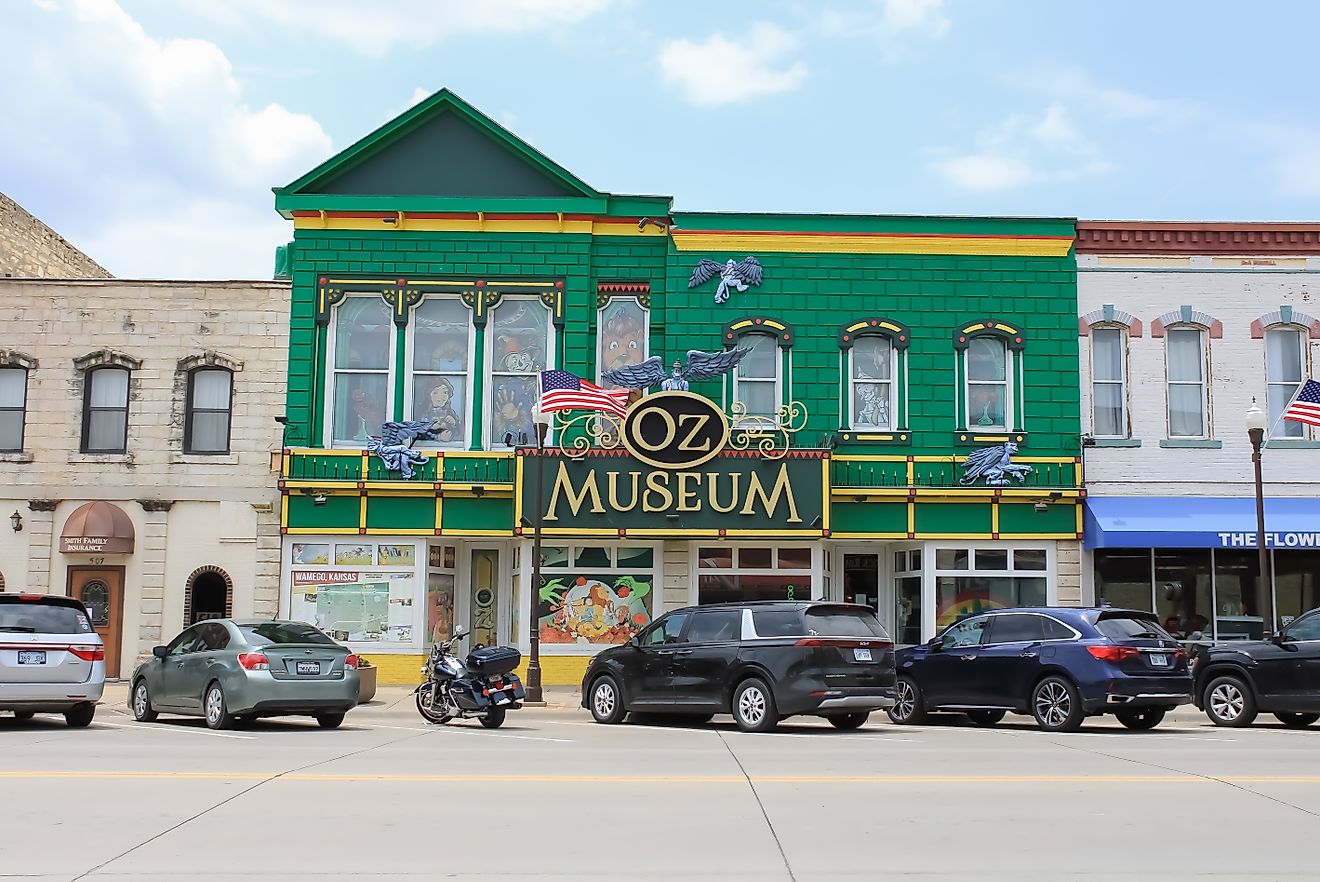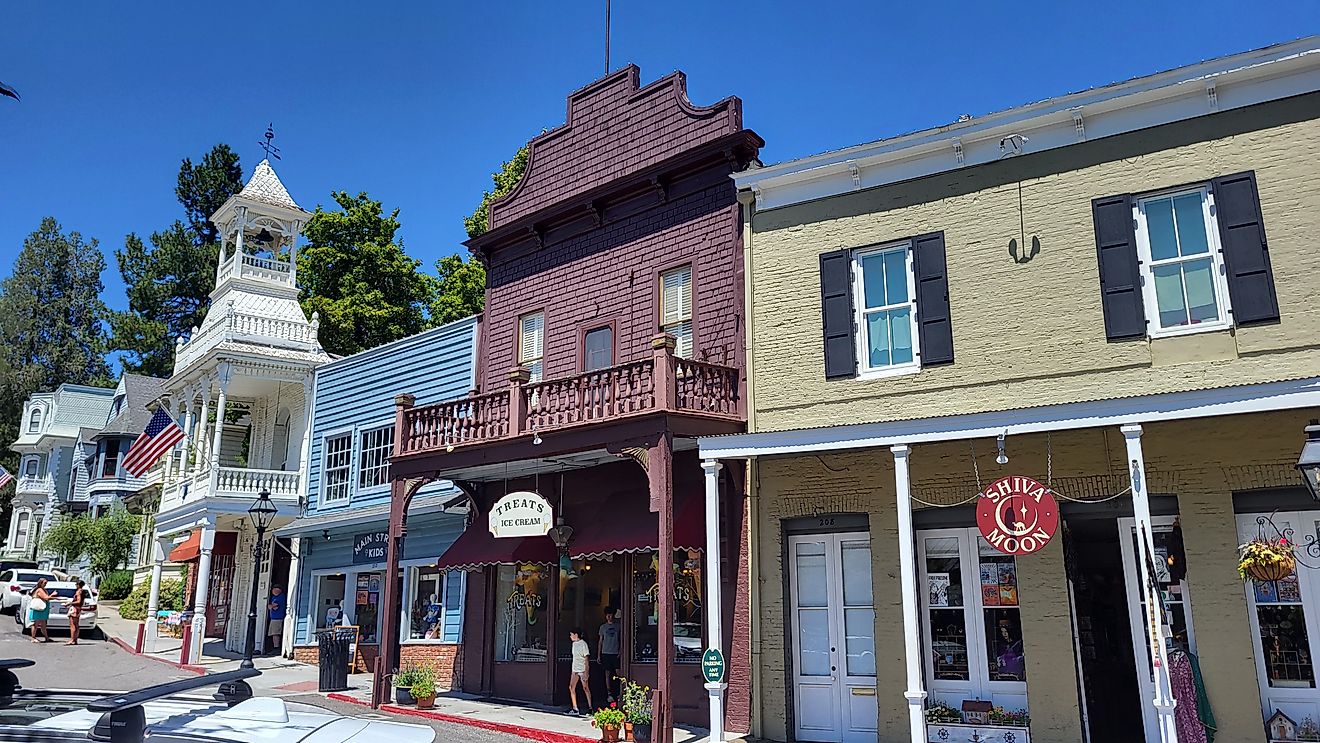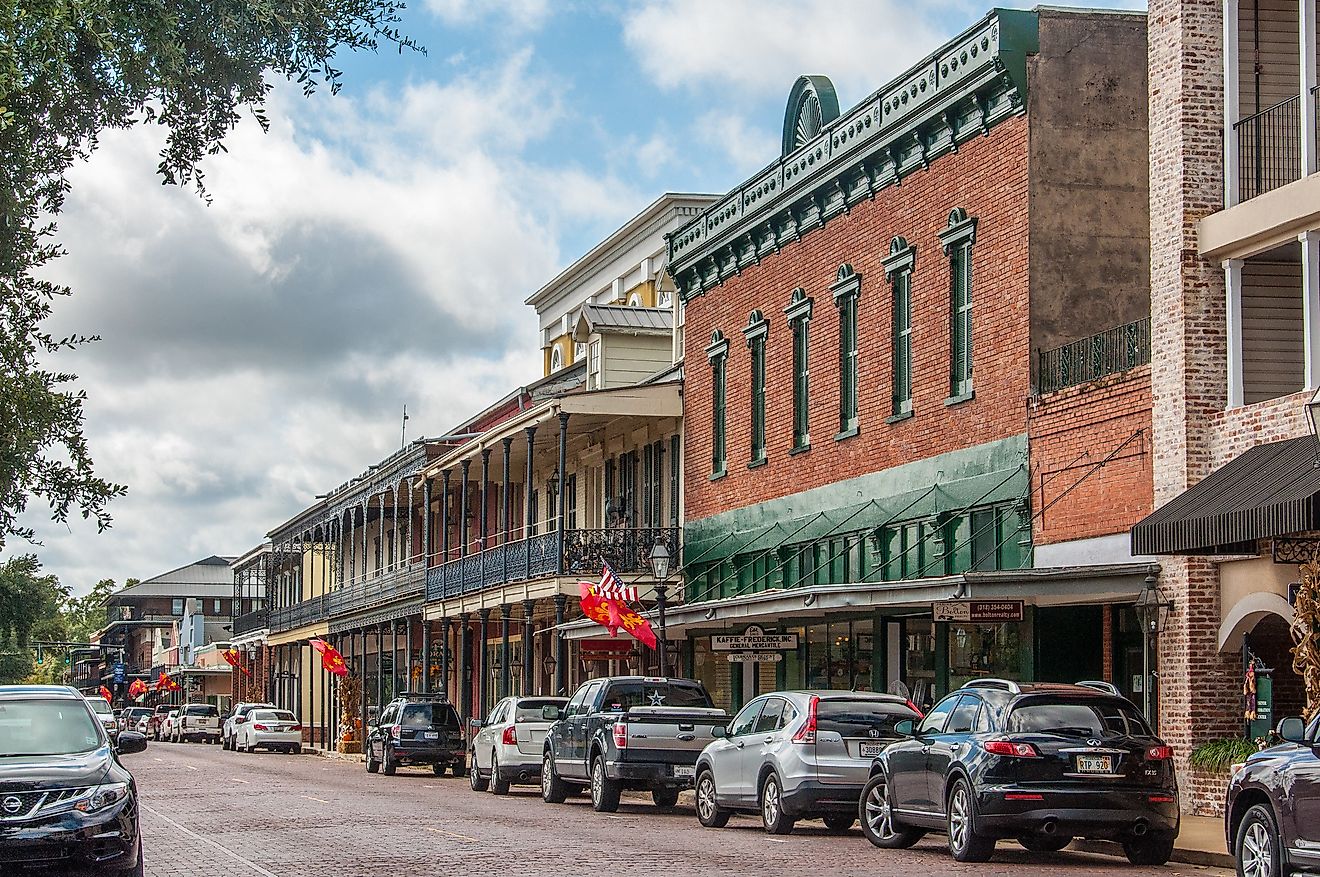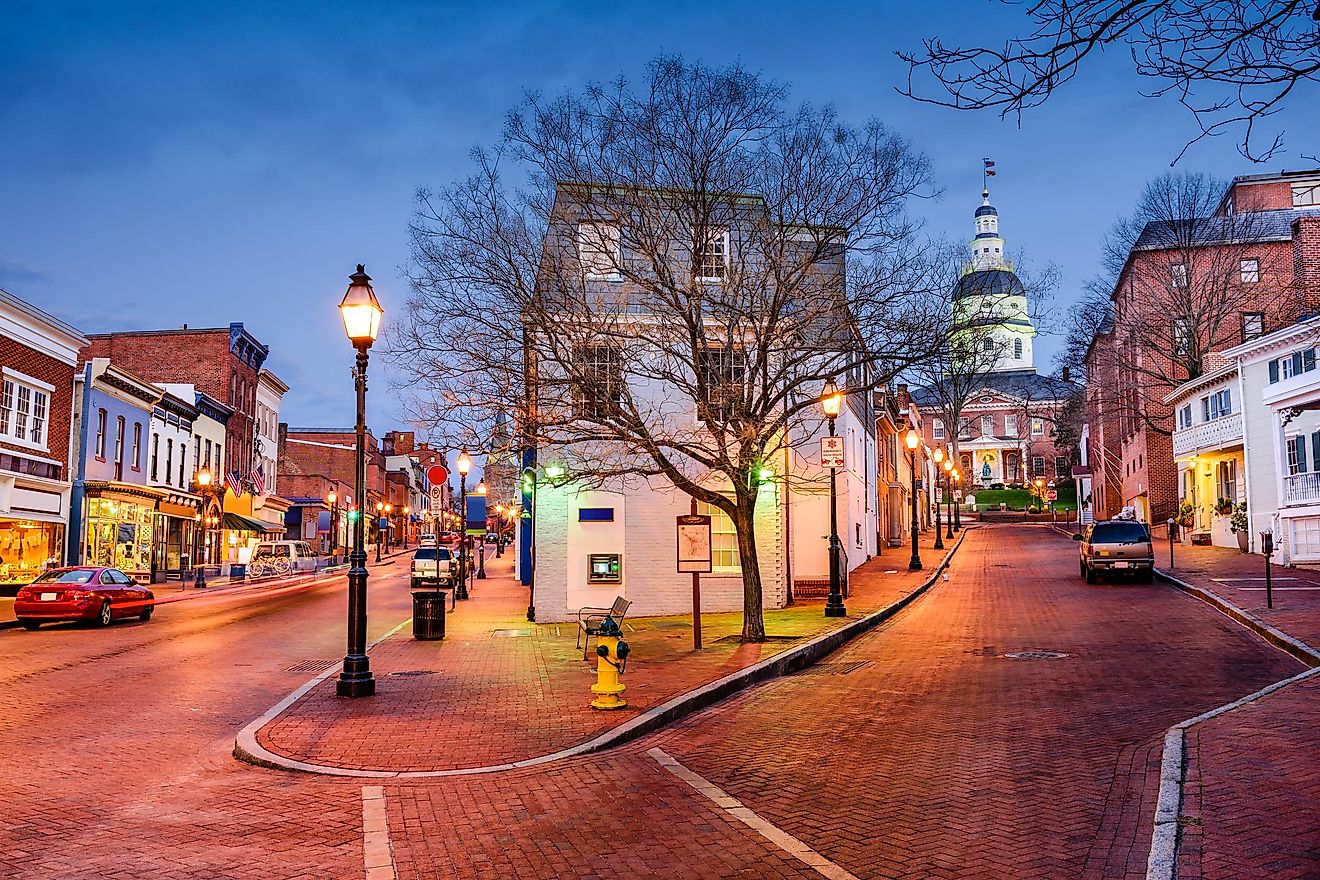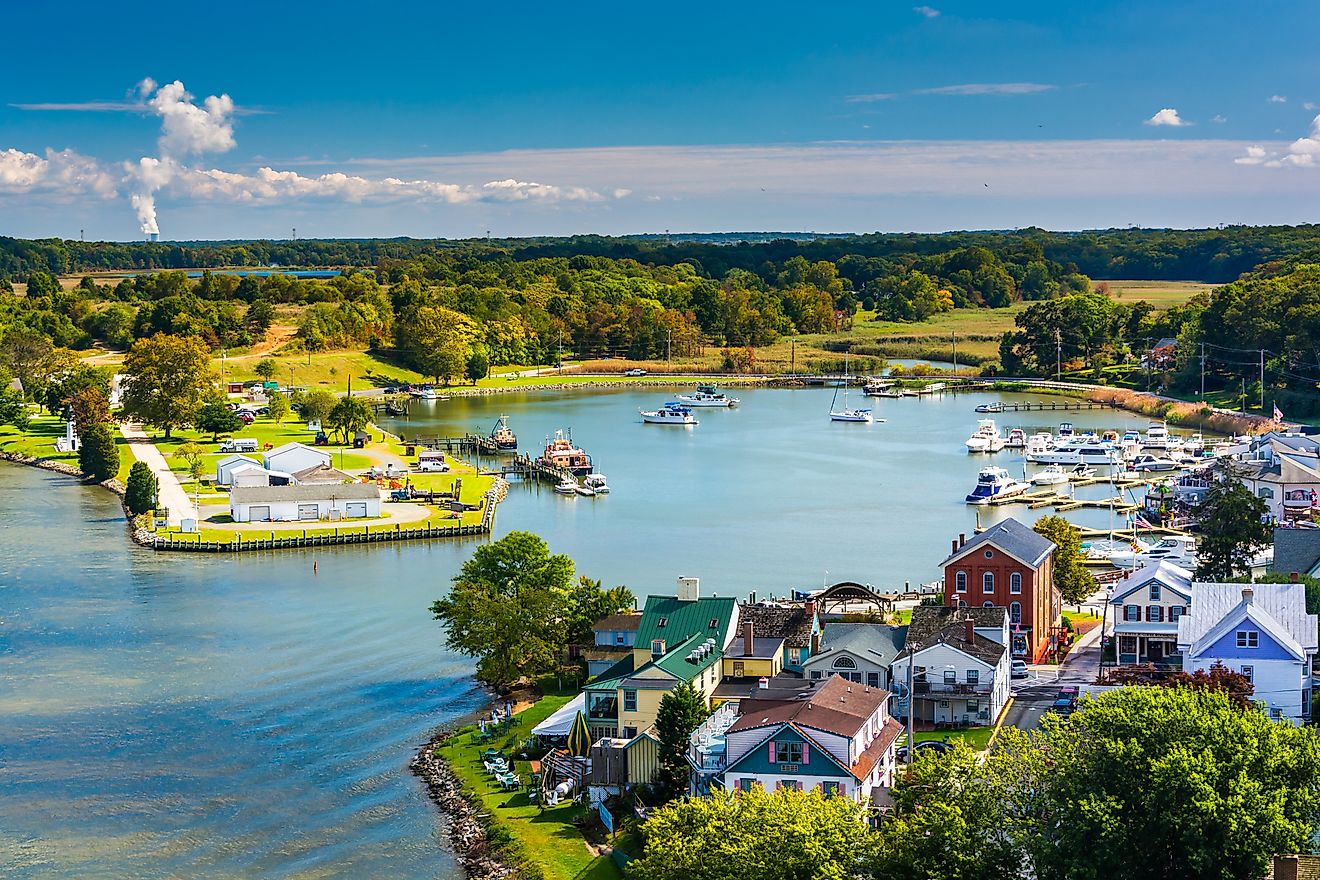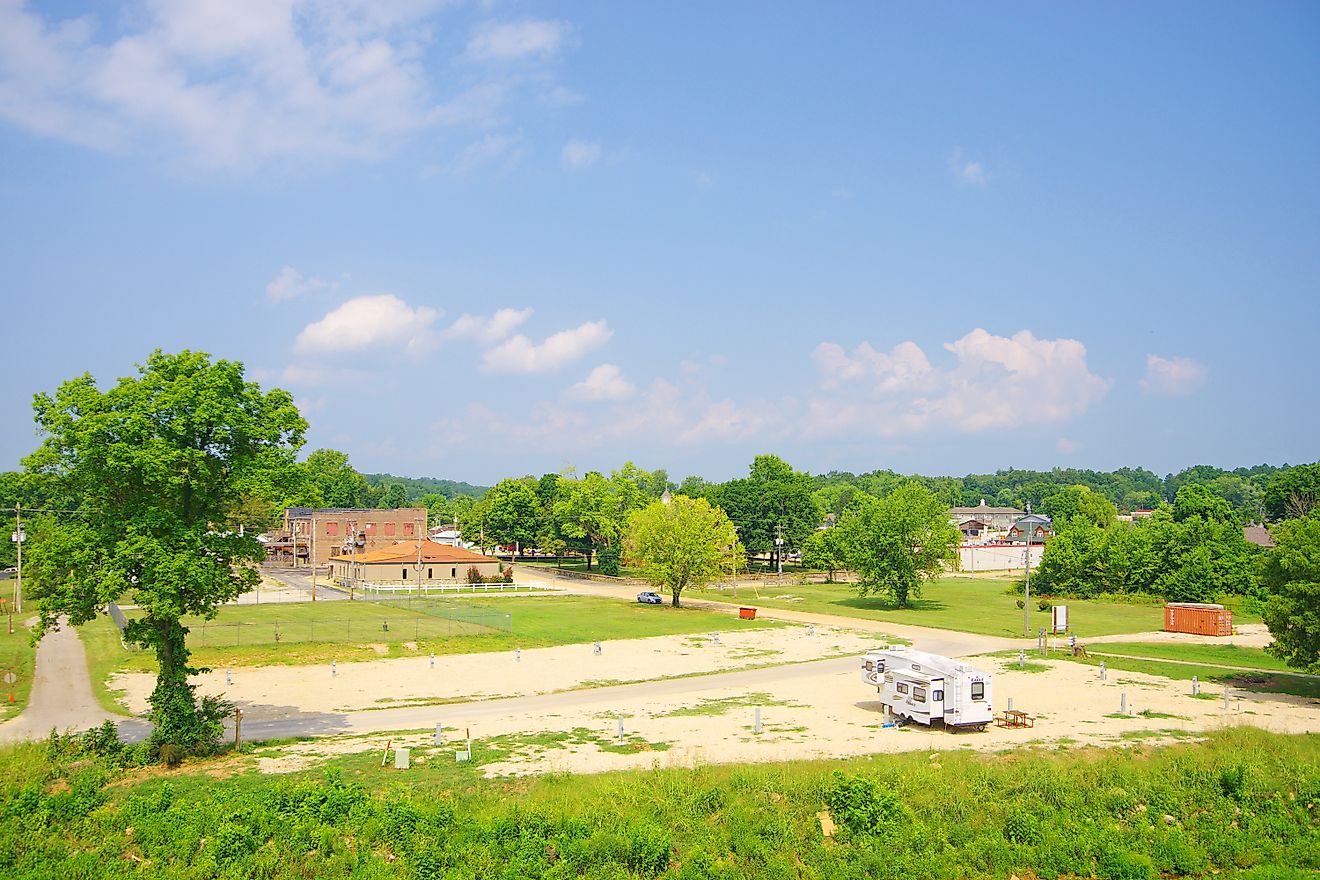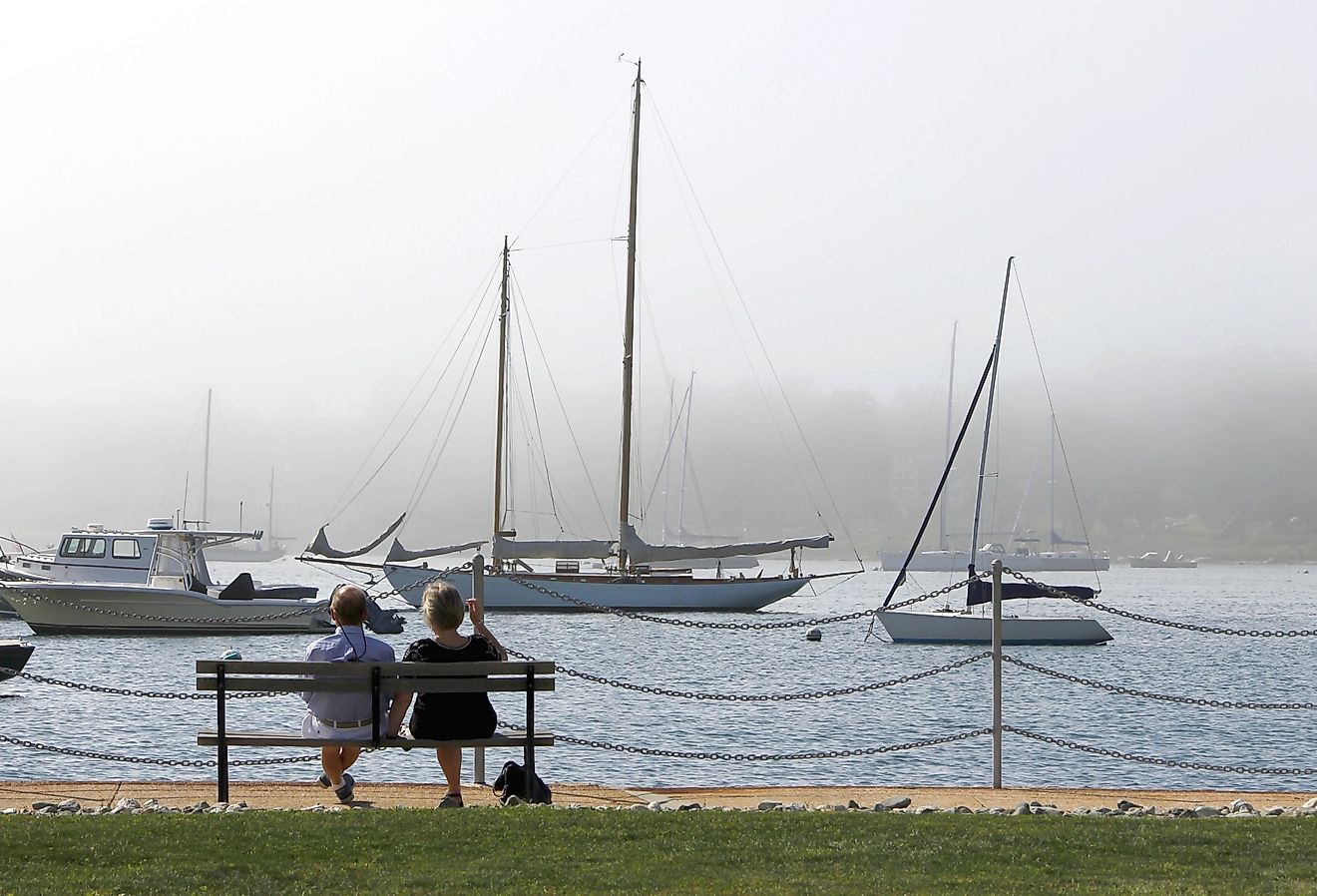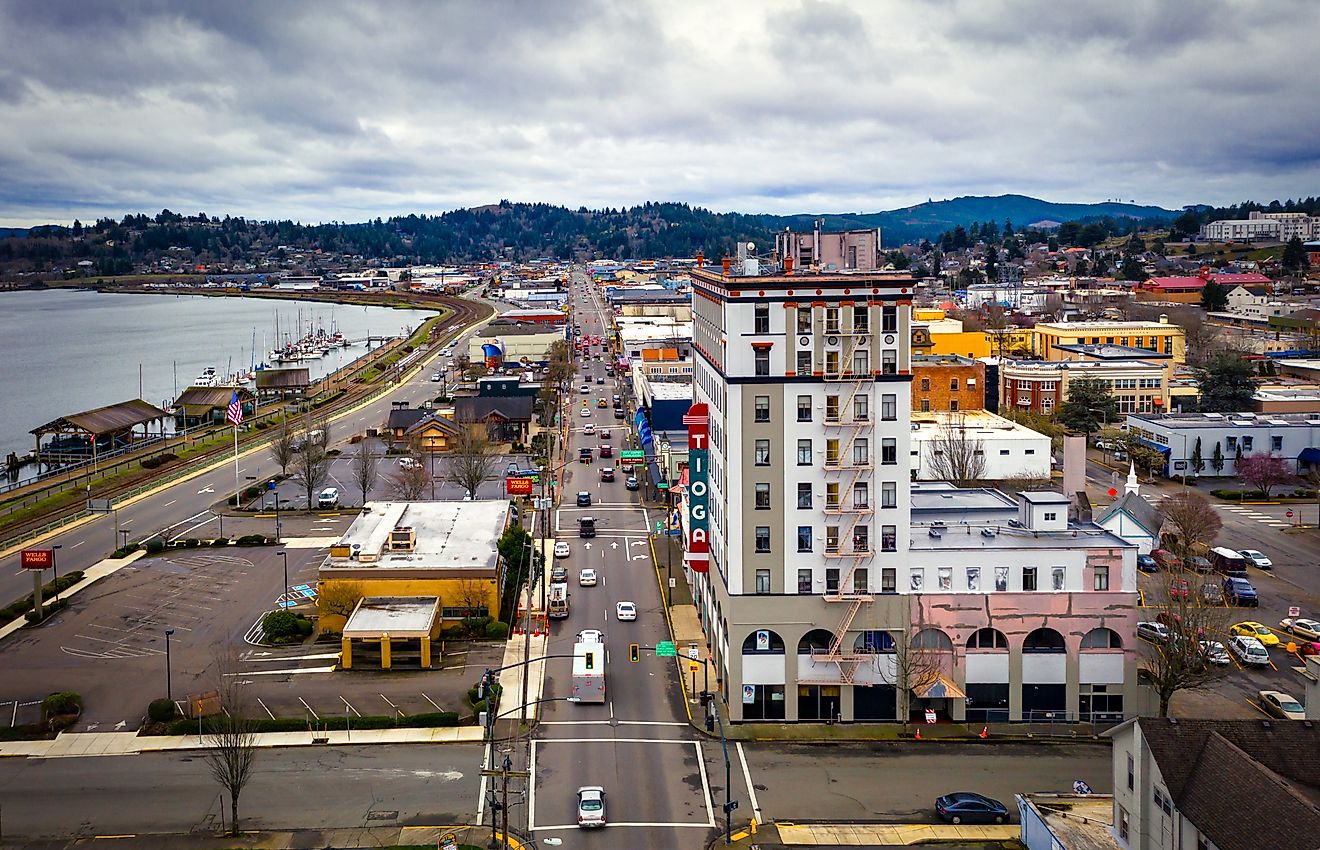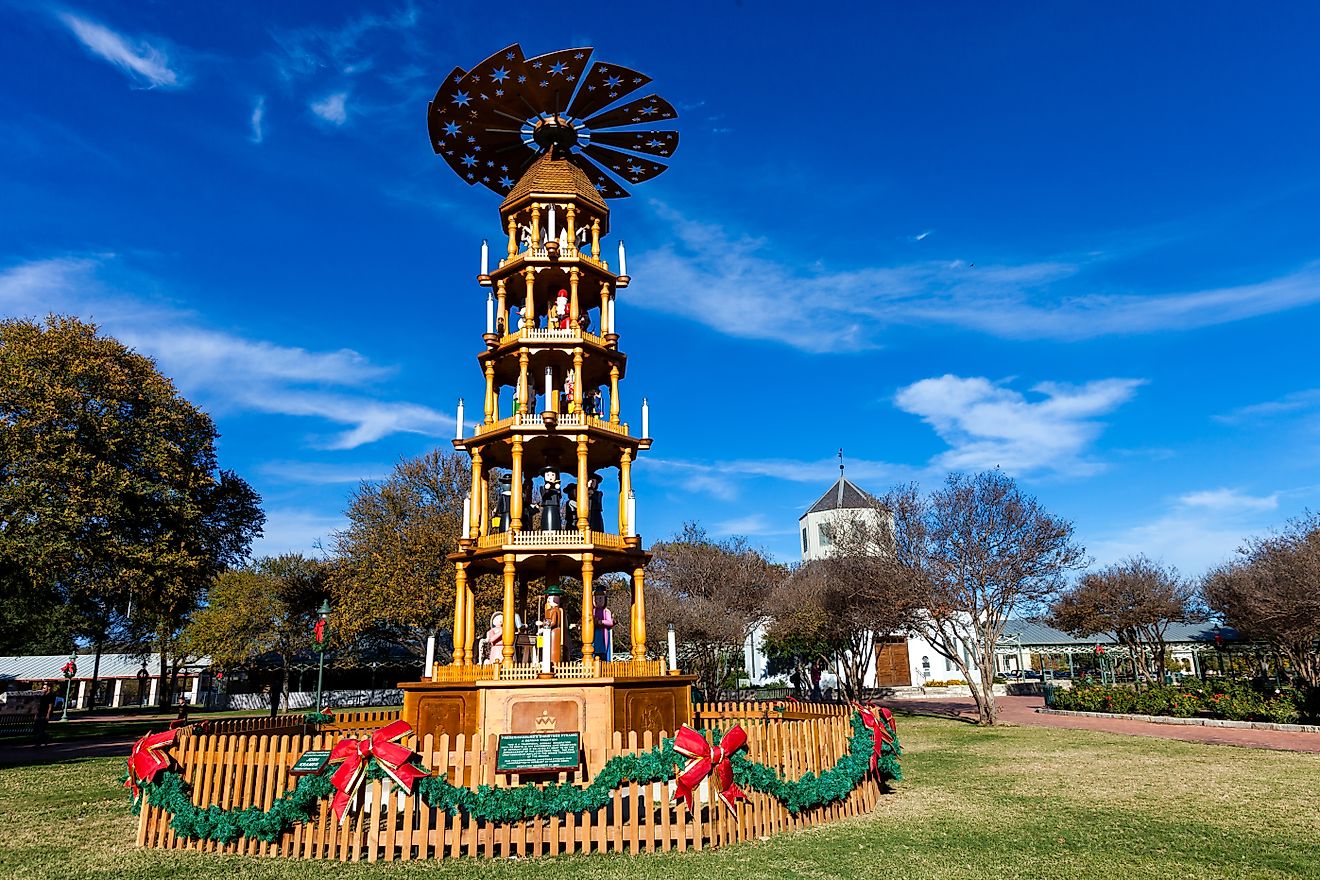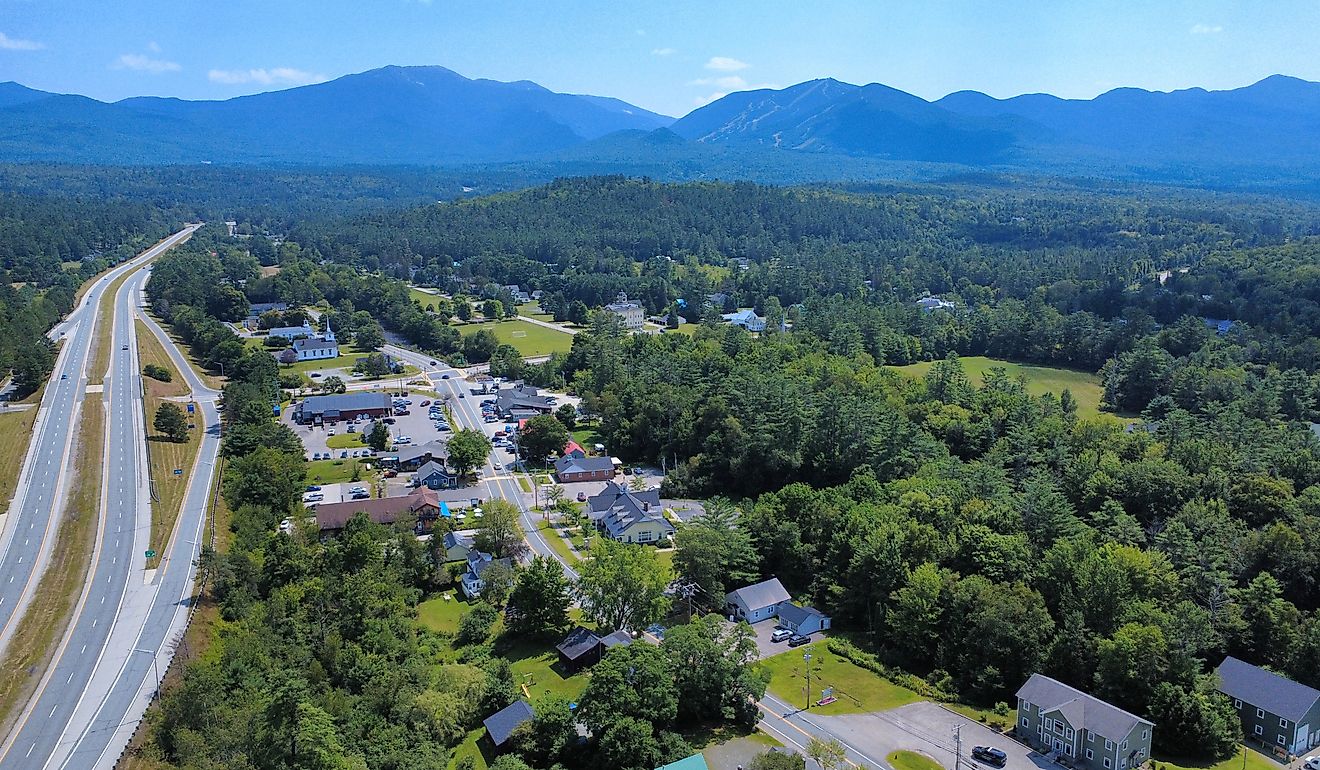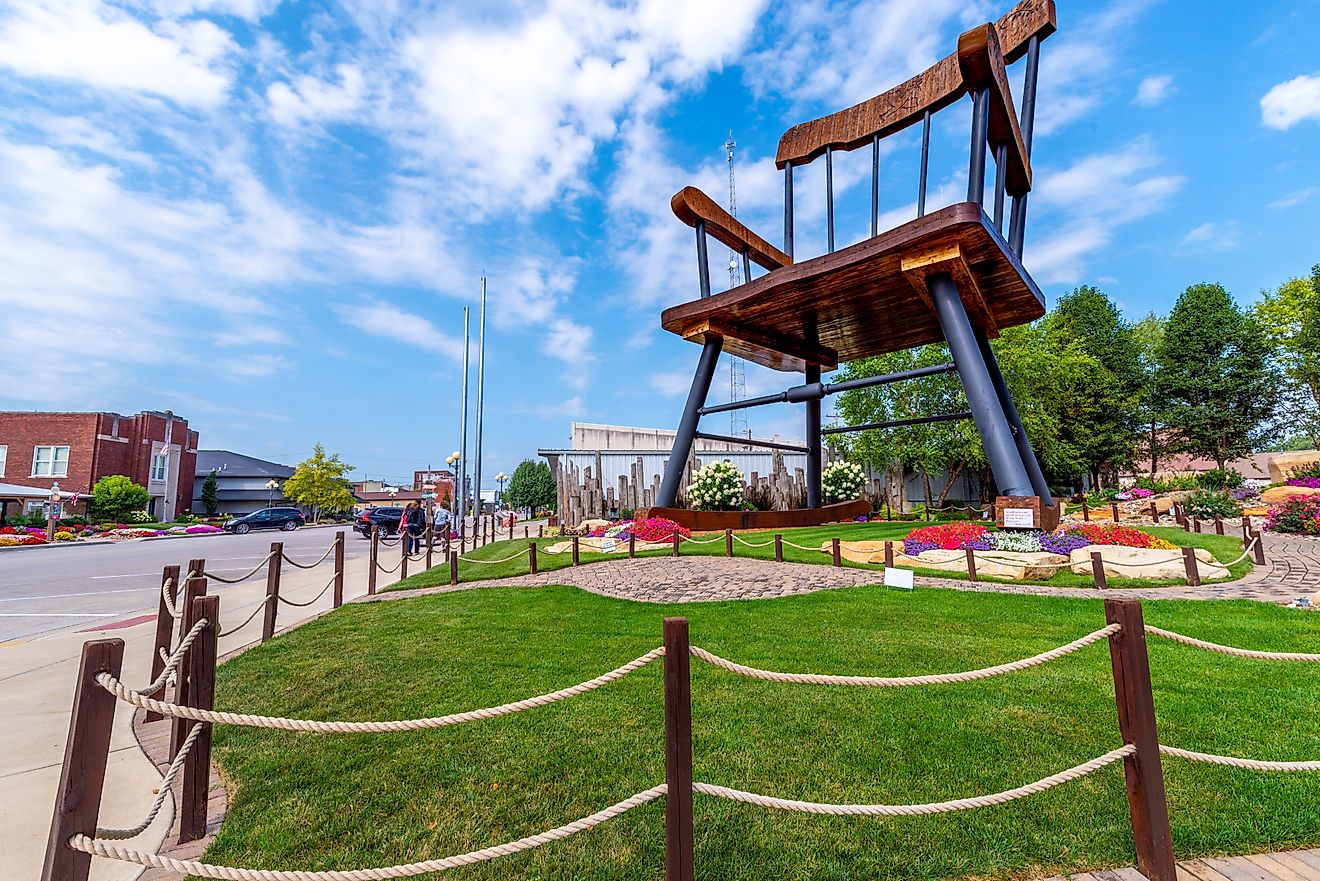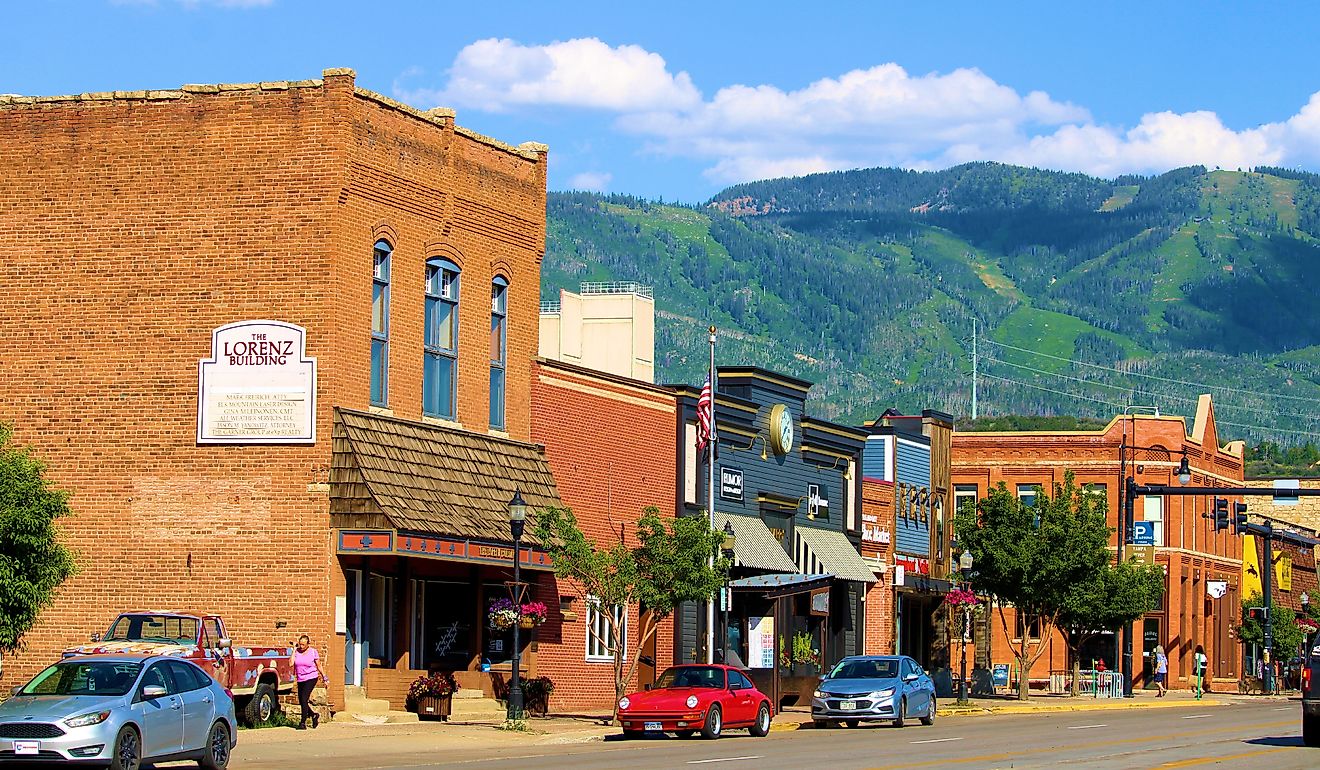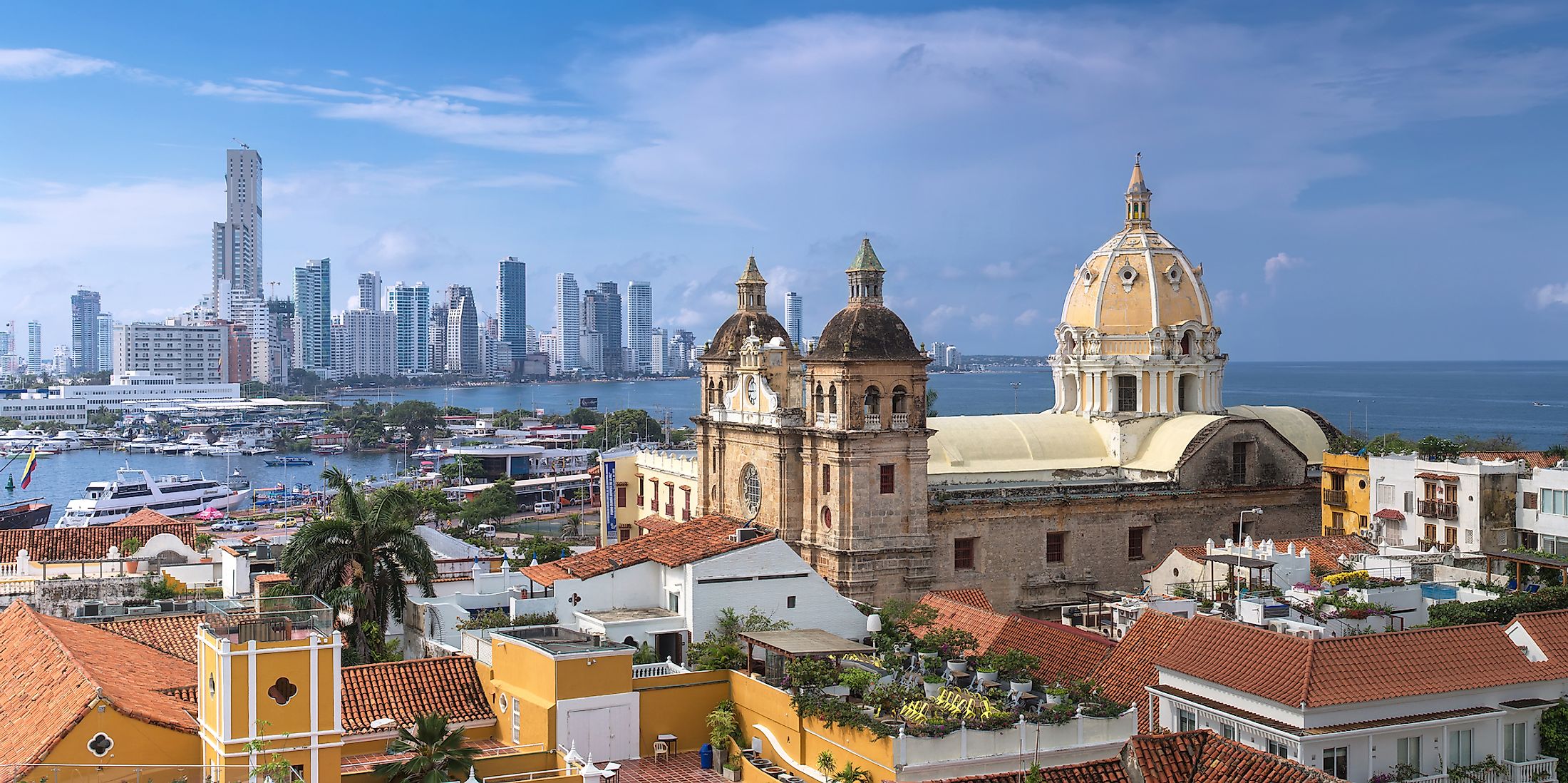
Cartagena, Colombia
Cartagena, or Cartagena de Indias, as it is also known, is the capital city of the department of Bolívar, in the South American country of Colombia. With a population of about 1,079,000 people, it is the second-largest city in the region and the fifth largest in the country. The whole of Cartagena is a bustling metropolitan, but the heart, history, and global intrigue stem primarily from the walled city, or Old Town, which is immediately recognizable by the surrounding stone fortress.
Geography And Climate Of Cartagena
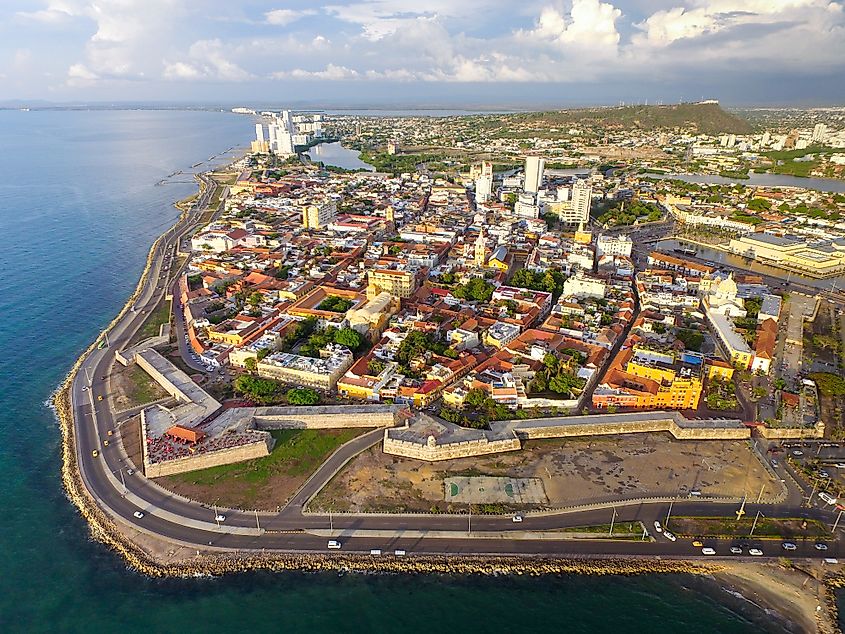
Cartagena is located in the North of Colombia, right on the coast of the Caribbean Sea. It is sandwiched between the Central American country of Panama, to the West, and the neighboring South American country of Venezuela, to the South-East. The climate is tropical, oscillating between a wet and dry period. The rainy season is between May and June, and again from October to November. It is exceptionally dry between January and March. The average annual temperature is a pleasant 83 degrees Fahrenheit, ranging from a low of 75 degrees to a high of 89.
History Of Cartagena
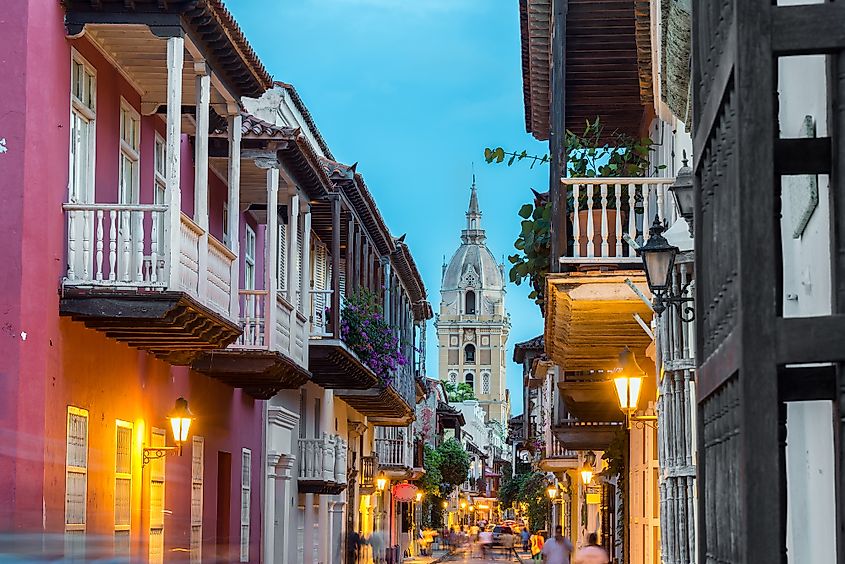
Cartagena was founded as a major port for the Spanish colony in the early 16th century. It, therefore, has a colorful and complicated but overall celebrated history. For starters, the area went through several names over a short period. In 1501, Spanish explorers initially christened the site 'Bahía de Baru' (Bay of Baru), switching it soon after to 'Bahía de Cartagena,' to reflect the resemblance to Cartagena, Spain. In 1533, Spanish commander Pedro de Heredia formally founded the city, giving it the name 'Cartagena de Poniente' (Cartagena of the West), which was then changed to its current, formal designation, 'Cartagena de Indias' (Cartagena of the Indies).
Shortly after its establishment, the population of Cartagena began exploding as the site solidified as a major trading post. The port primarily facilitated the export of ransacked Peruvian silver to Spain and the import of enslaved Africans under the asiento system (i.e., trading rights granted by Spain to external, intermediary parties). The city's wealth led to repeated attacks by pirates throughout the mid to late 16th century. These episodes were the impetus for constructing the perimeter wall, which was Spain's largest fortification project on the entire continent.
In 1650, the Canal del Dique was also built, which connected Cartagena Bay to the Magdalena river (i.e., the largest in Colombia). This firmly established Cartagena as Spain's most significant outpost in South America.
Cartagena changed hands a few times throughout the early 1800s, rotating between Spanish rule to the emboldened people of Colombia, only to be reconquered again by the Spaniards. In 1821, Simón Bolívar helped permanently liberate the inhabitants of Cartagena from Spanish invaders.
In 1984, Cartagena was declared a UNESCO World Heritage Site. Today, the walled city is a melting pot of eclectic cultures and enthusiastic tourists, all of whom congregate to steep in the centuries of wild history.
Population And Economy Of Cartagena
Cartagena's 1-million people are distributed fairly evenly into both males and females and across the ethnographic spectrum of black, white, and mixed, or mulatto/mestizo (Note: terminology differs depending on region and source). Due to its history with the Spanish slave trade, Cartagena's modern population can generally be referred to as Afro-Caribbean. Christianity (mainly Roman Catholic) is the dominant religion.
Cartagena's economy relies heavily on tourism and hospitality. More people visit Cartagena than any other Colombian city. The Canal del Dique is still heavily utilized and ensures Cartagena remains a significant hub for commerce.
Visiting Cartagena
The Rafael Nunez International Airport (CTG) is located just north of the city, which provides an option for tourists to fly directly into Cartagena. Other major nearby airports include Barranquilla, Santa Marta, and Medellin. Most visitors will focus their attention on the Old Town, as the 8-mile perimeter wall packs plenty of appeal within its dense circumference. Here are some attractions to get you started.
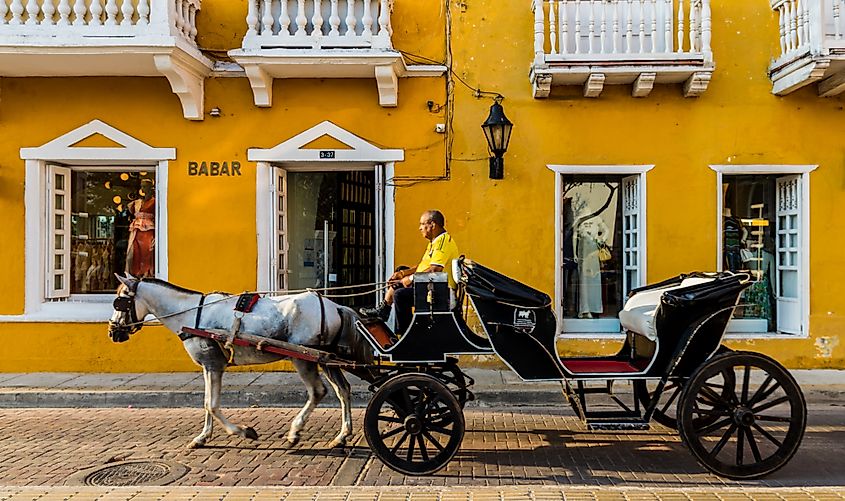
1. Take a stroll, or ride in a horse carriage, around the town. The colorful, colonial architecture, floral-lined cobblestone alleys, smell of enticing cuisine, formal and urban art displays, street performances, and the energy of the global community will sweep your senses into a state of reverie. As with any popular destination, there are some tourist traps to watch out for. A simple, "No, gracias," will serve you well to keep exploring unimpeded.
2. Once you have done a wandering overview, try a formal walking tour to better understand the ins and outs of the area. There is an abundance of street art that you might not catch without a local expert. Bookworms may also wish to join the Gabriel García Márquez afternoon tour, exploring the many settings that inspired some of his most acclaimed novels.
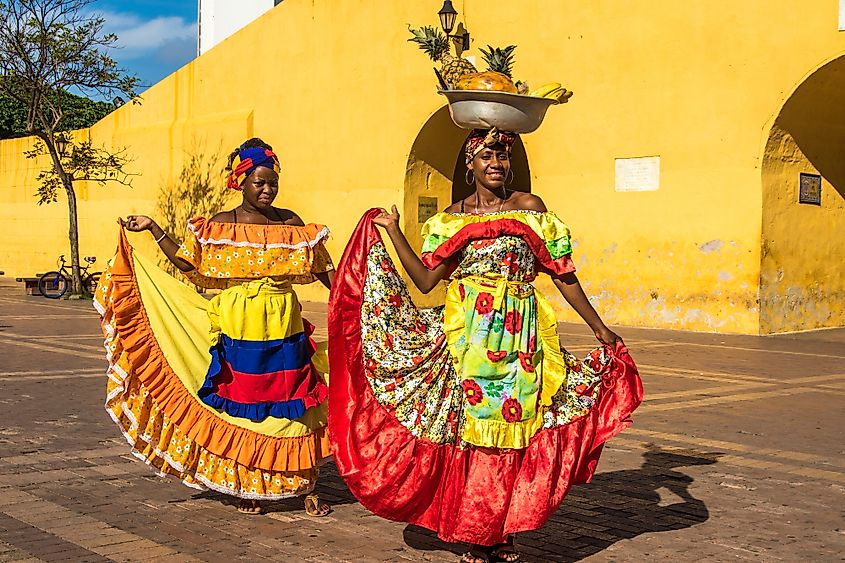
3. Next, keep the momentum going with a lap of the famous stone wall and catch a picturesque sunset at Café del Mar, which looks out over the Caribbean Sea. You will be in good company, so make sure to get there early. Once the sun goes down, the zesty nightlife will flood the town.
4. The following day, you may wish to take in some history outside the walls. Just east of the Old Town is the sizable fortress of Castillo de San Felipe. Wear a good pair of walking shoes and make sure to pack water and sunscreen.
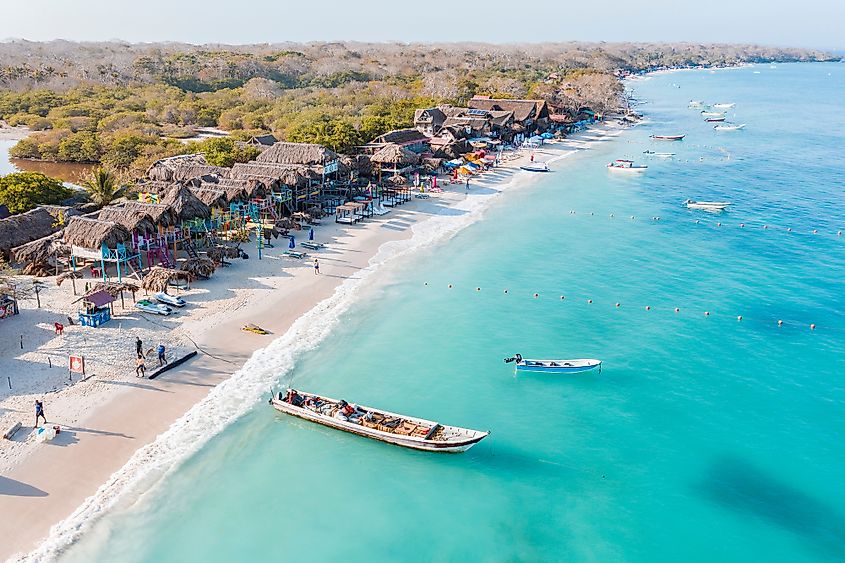
5. Finally, you may decide to venture to some of the neighboring islands of Isla Tierra Bomba, Isla Múcura, Isla Barú, and the protected archipelago of Islas del Rosario. Visiting these tropical islands will require some extra time and planning, but it will be worth getting a taste of paradise outside the city.
